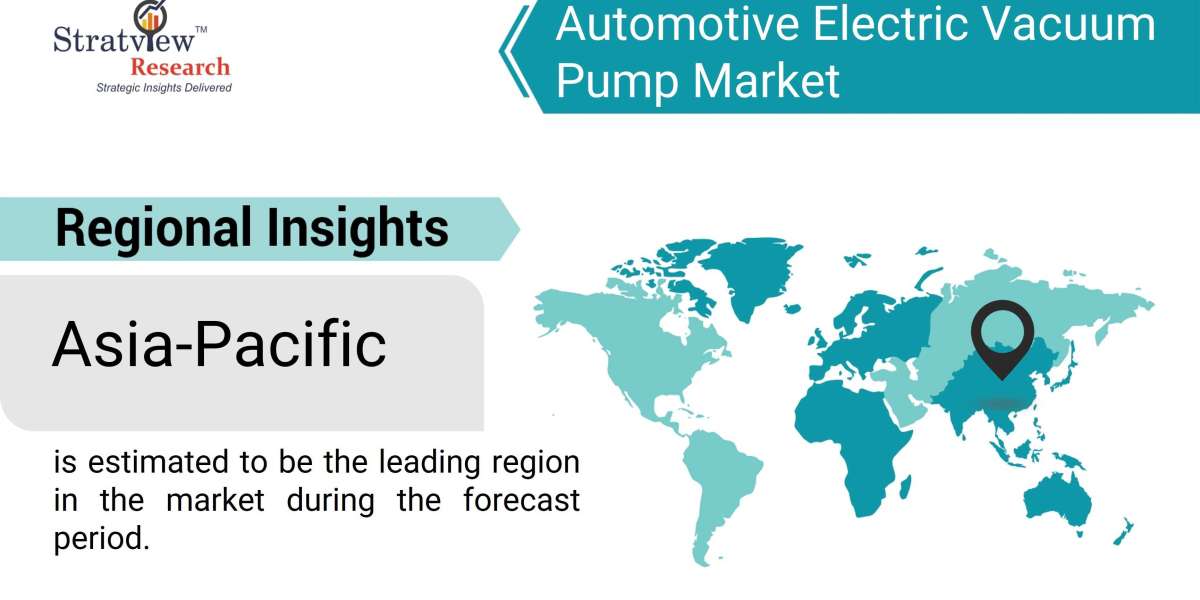The automotive industry in 2024 continues to embrace electrification, sustainability, and innovation, which directly influences the demand for key components like the automotive electric vacuum pump (EVP). These pumps are integral in ensuring essential vehicle functions such as braking, power steering, and air-conditioning systems, especially in electric and hybrid vehicles. As the market evolves, several dynamics are playing a crucial role in shaping the automotive electric vacuum pump industry.
According to Stratview Research, the automotive electric vacuum pump market was estimated at USD 0.98 billion in 2022 and is likely to grow at a CAGR of 7.63% during 2023-2028 to reach USD 1.51 billion in 2028.
- Rising Demand for Electric and Hybrid Vehicles
One of the most significant factors driving the automotive electric vacuum pump market in 2024 is the rapid adoption of electric vehicles (EVs) and hybrid electric vehicles (HEVs). Unlike traditional internal combustion engine (ICE) vehicles that rely on mechanical pumps powered by the engine, electric vacuum pumps operate independently of the engine. They provide the vacuum pressure necessary for systems such as brake boosters and power steering, which are critical for vehicle safety and performance. As automakers continue to prioritize EV production to meet emissions regulations and consumer demand, the need for electric vacuum pumps is growing.
- Increasing Focus on Fuel Efficiency and Emissions Reduction
The global push toward reducing carbon footprints and increasing fuel efficiency is another dynamic driving the EVP market. Automotive manufacturers are under increasing pressure from governments and environmental agencies to meet stringent emissions targets. Electric vacuum pumps are seen as an efficient alternative to traditional systems, helping automakers reduce energy consumption and improve fuel efficiency. These pumps contribute to lower CO2 emissions by operating on demand and reducing the mechanical load on the engine, making them essential in the effort to develop cleaner, greener vehicles.
- Integration with Advanced Driver-Assistance Systems (ADAS)
In 2024, ADAS technologies such as autonomous driving, lane-keeping assist, and emergency braking are becoming more prevalent in modern vehicles. Many of these systems require vacuum pressure to function effectively. Electric vacuum pumps are increasingly integrated into these systems, providing consistent and reliable performance. As ADAS continues to grow in sophistication, the demand for automotive electric vacuum pumps to support these safety and driver-assistance features is expected to rise significantly.
- Technological Advancements and Cost Reduction
Technological innovations in manufacturing and materials are also contributing to the dynamics of the automotive electric vacuum pump market. Advances in pump efficiency, noise reduction, and compact designs are making these pumps more attractive to automakers. Moreover, as production volumes increase, costs are expected to decrease, making electric vacuum pumps more affordable for both manufacturers and consumers.
Conclusion
In 2024, the automotive electric vacuum pump market is positioned for growth driven by the surge in electric and hybrid vehicle production, the push for greater fuel efficiency, and the integration of advanced driver-assistance systems. As these dynamics continue to evolve, electric vacuum pumps will play a pivotal role in the development of next-generation vehicles, offering improved efficiency, safety, and sustainability.








